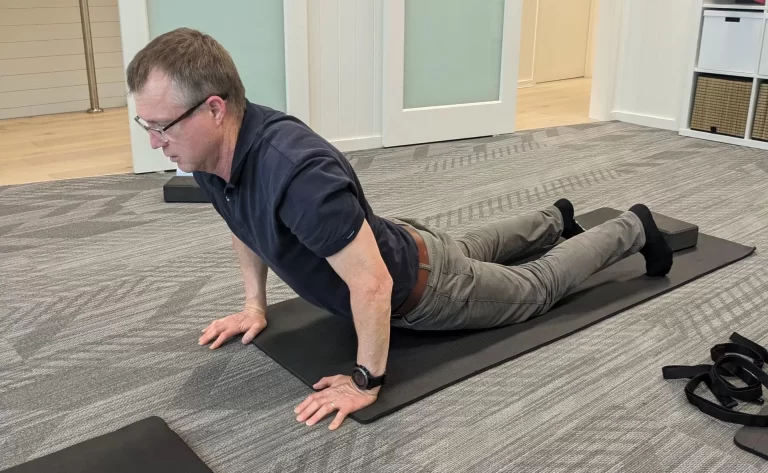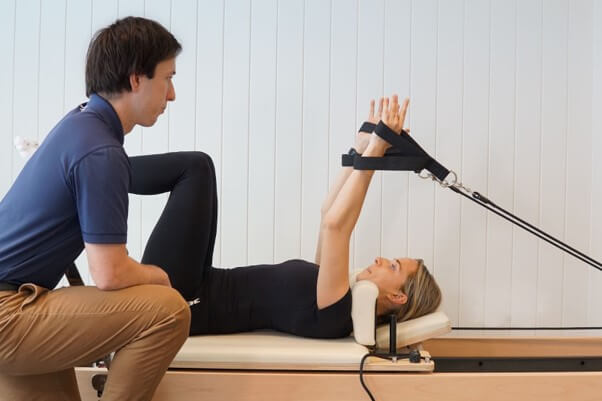Everyone moves to a different version of normal. Normal movements vary between us. If you are in pain, we recommend you consult with a physiotherapist or other health professional for guidance and recovery. This blog piece highlights research, stimulates thought, and does not replace consultation and treatment.
For many years the mantra “Lift from your knees and not your back” has never been questioned. This belief was largely based off research into low back disc pressure conducted in the 80’s in Scandinavia which concluded the safest way to lift anything was to maintain a neutral spine and use the strength of your lower limbs. (Brox, 2018)
However, new light has been offered that contradicts the long-standing belief that lifting through your knees and keeping a straight back is always the right thing to do. The unlikely catalyst of this view arises from Scandinavian research into Lumberjacks (Brox, 2018).
The back is “articulated hydraulic log” made up of strong parts, discs, joints, ligaments, muscles and bones. They are designed to stay nourished and strong with the right amount of movement. If we do too much, or do too little, you are out of the ‘Goldilocks’ zone and these parts aren’t so strong. Yes, age does have an effect as well, but that is another story, again exercise has benefits for us all here.
If you feel well and healthy about your back, lifting technique should be seen as not one, but many different and normal ways you can lift and decided by the effort to lift you think is required to do so.
Research into different lifting styles in people with disc-back-pain showed those given the option to bend their back in normal everyday activities including normal lifting did slightly better than a group with an operated fused back. Good news but why?
Guarding and stiffening up the back is a high load task, great for lifting weights, but not for simply picking something off the floor. This is because avoidance to relax and bend can lead to overloading the back components with unhealthy amounts of friction on our joints.
Yes, it is important to consider that you need to keep heavy objects close to your body when lifting to reduce long levers, but maybe keeping a straight spine is not essential for lighter objects. And yes, more research is needed.













